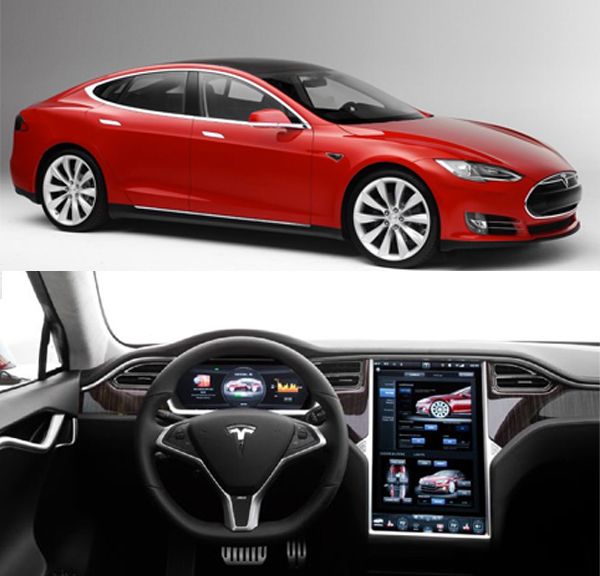EV Ownership and Luxury Malls: Using Demographics to Determine Placement of EV Charging Stations
(King of Prussia Mall offers SemaConnect's ChargePro Charging Stations to mall guests; img source)
The EV market is a small but growing area
of the US economy. And as EV ownership continues to rise, new opportunities are
emerging for businesses to provide the necessary amenities (i.e. charging
stations) for the first EV drivers.
But where are the best places to locate these
EV charging stations? Where will they be most utilized in these early days of
the EV economy?
In order to best answer these questions, we
must first look at the demographics of EV ownership to determine exactly where
EVs will be most in demand in the near future. Although determining the best
place to locate an EV charging station is not an exact science, some helpful
insight can be gained by looking at key demographic information.
EV
Demographics: The Social Profile of an EV Owner
It should come as little surprise that the
first consumers of EV technology have been upper-middle class residents of the
US. As with most cutting edge
technology in the past, those with higher wealth are often the early adopters.
The same was true with the first automobiles 100 years ago, and the same is
true with EVs today.
The Electric
Vehicle Information Exchange (EVIX) conducted a survey in 2012 of 970
panelists that were either EV owners, prospective EV owners, or individuals not
interested in EV. With this information they were able to determine several key
characteristics of current EV owners.
In particular, they noticed that most EV
owners are well educated white men in their 50s. Most of them had at least a
four year degree, while a majority of them earned $100,000 per year or more.
The primary reason given for purchasing an EV was “energy independence.”
Although the EVIX survey does not provide
exhaustive details of the social characteristics of EV ownership, it does
highlight one major point: the early adopters of EV technology have been
well-off individuals.
Where
to Locate EV Charging Stations First
As any EV owner will tell you, the biggest challenge
they face is where to charge their car. Although home chargers are the logical
first option, many EV owners do not yet have many places to charge their cars
while on the go. This provides a unique opportunity for retailers to fill this
void by providing a valuable EV amenity to their customers (or potential
customers).
Since current demographics of EV ownership
suggest a disproportionate share of upper-middle class individuals owning EVs,
some of the best places to locate charging stations are at luxury shopping
centres. Not only do luxury shopping centres attract more affluent customers,
they often also have the necessary capital to invest in “luxury” amenities for
the guests. EV charging stations fit squarely in this category of amenity.
Not only do they improve the image and
desirability of the surrounding area, they are a valuable service for anyone
who drives an EV. An EV owner who realizes a mall has a place to charge his/her
car while shopping will be more inclined to shop at that mall in the future.
Furthermore, an article by Forbes
suggests that people charging their car at a mall also spend more time at the mall.
Clearly the demand for places to juice up
an EV can be met by luxury malls eager to capitalize on sustainability and the
EV economy.
The Future of EV Charging: Demographic Shifts
Although this article
has made a case for locating EV charging stations at luxury malls, it is important
for businesses serious about establishing themselves within the EV market to
follow demographic trends.
Currently, most EV
owners are well-off individuals concerned about the environment and energy
independence. But as EV technology improves and prices decrease, these
demographics will change once again. And once again, business will have to look
at where they can fulfill the demand of the next wave of EV drivers.
Joseph Tohill is a freelance writer and online communications specialist for organizations in the sustainability sector. He has a B.A. in Interdisciplinary Studies from the University of British Columbia and spent most of his academic career studying sustainable urban development; namely the interdisciplinary relationship between built form and natural environment.





